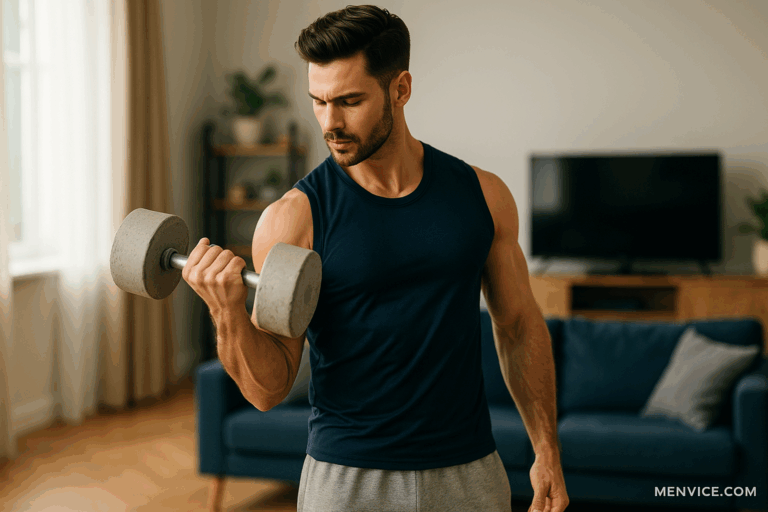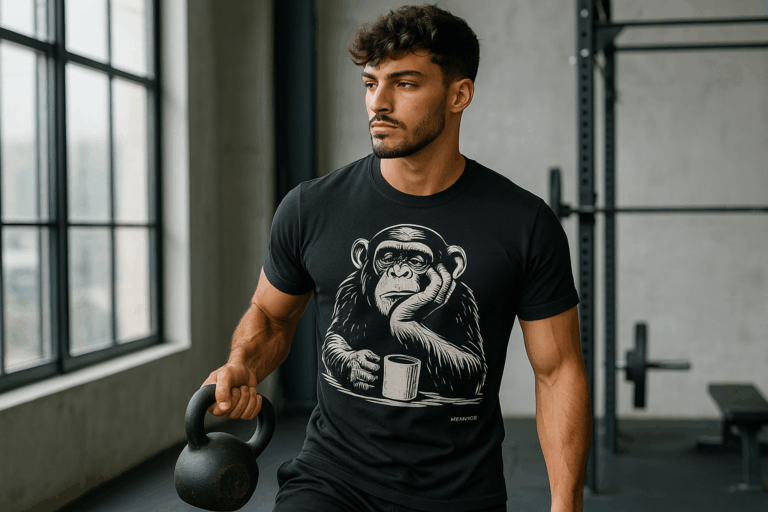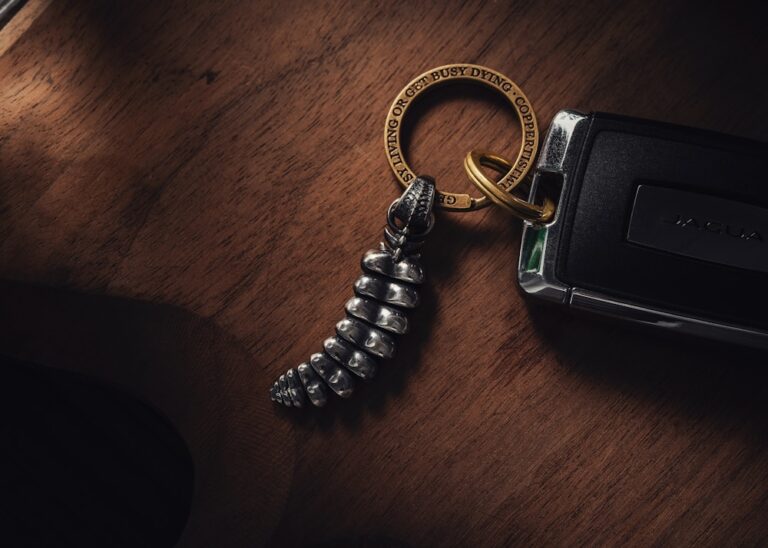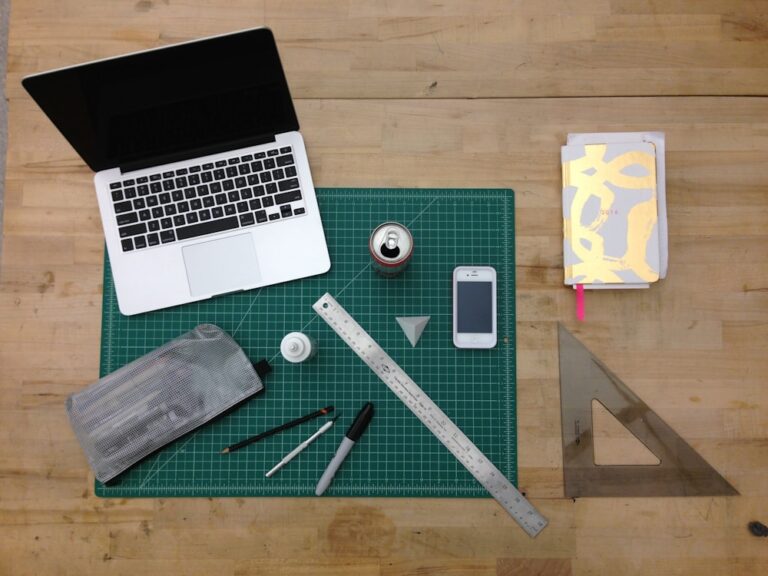
Elegance in Rebellion.
Own the Edge.
The Best Running Shoes Available Today: Finding What Fits Your Run
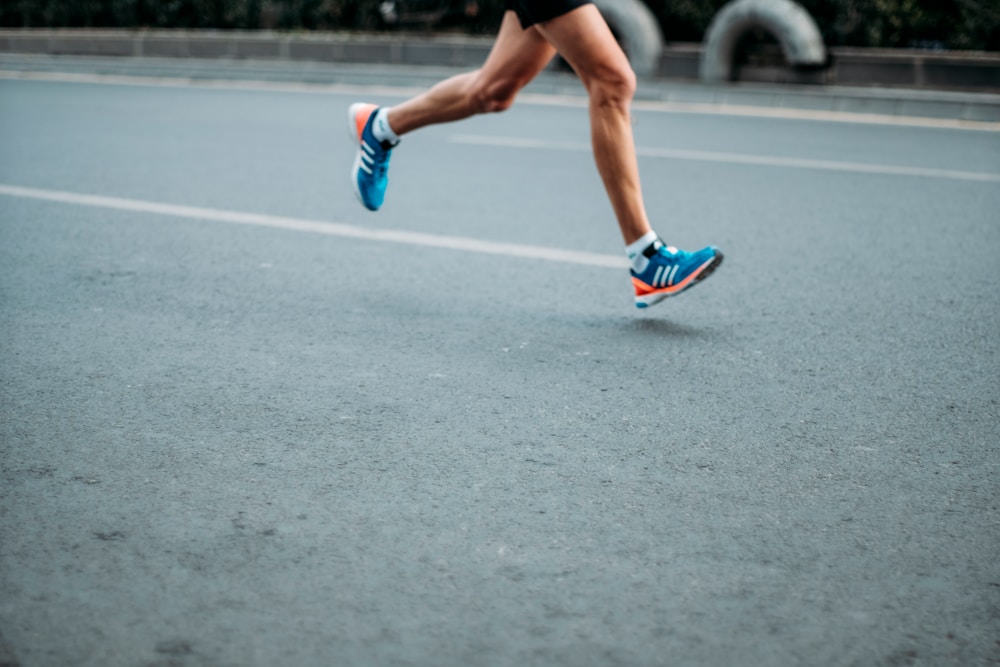
Every guy who has laced up for an early morning jog or pushed through the final stretch of a late-night run knows one truth—shoes make or break the run. It doesn’t matter if you’re chasing a new personal best, burning stress after work, or simply trying to build a consistent habit; the wrong pair of shoes will cut you down before your stamina does. Running shoes are not just about looks or brand labels. They’re the first line of defense against joint strain, poor form, and fatigue.
A lot of men still treat running shoes like any other sneaker—grab what looks good, fits tight enough, and head out. But that’s like bringing a kitchen knife to chop firewood. Sneakers might get you through short distances, but the lack of cushioning, poor arch support, and weak shock absorption catch up fast. A proper running shoe isn’t just about comfort; it’s about injury prevention, efficiency, and long-term performance.
Think about it: every stride is a mini-impact. Multiply that over a 5K, a half marathon, or even a week’s worth of runs, and you’ve hammered your joints thousands of times. The right shoes distribute that stress, align your foot properly, and give you the spring that keeps you moving when your body wants to quit. That’s why picking the right running shoe is less about “what’s on sale” and more about who you are as a runner—your stride, your terrain, your goals.
Below are four of the best options available today. Each has a clear personality—built for different types of runners, different goals, and different levels of intensity. Instead of a sales pitch, think of this as a conversation with someone who has been through the trial-and-error and figured out why some shoes stand out while others gather dust.
Reebok Unisex Swift Venture Maxfoam+ and ArchArmor Running Shoes
If you’re starting your running journey or returning after a long break, cushioning is everything. That’s where the Reebok Unisex Swift Venture Maxfoam+ and ArchArmor Running Shoes step in. Reebok put their focus on two things here: comfort and foot protection.
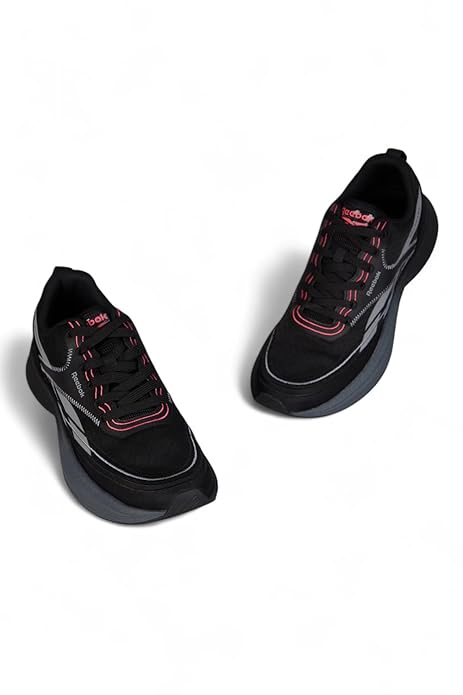
Maxfoam+ feels like running on memory foam that fights back—not the soft couch kind, but a responsive cushion that keeps your stride light without feeling sluggish. Then comes ArchArmor, which is Reebok’s way of saying “we actually thought about your arch.” A lot of generic shoes collapse in the middle after a few runs, leaving your foot unsupported. That’s when the shin splints and sore ankles creep in. ArchArmor stiffens the shoe where it matters, keeping your alignment straight.
These aren’t the shoes for someone chasing a sub-3 marathon. But if your runs are more about health, habit, and consistency—a solid 3K in the morning, a weekend 10K—you’ll feel the difference immediately. They’re lightweight enough for casual speed but built with enough protection that your knees won’t complain.
I’ve seen guys buy flashy shoes for motivation, only to realize their feet hate them after a week. With the Reebok Swift Venture, the motivation comes from knowing you won’t limp the next morning. It’s that simple.
adidas Men Lace Up Running Shoes
Adidas has built a reputation for turning technology into daily wear comfort, and their Men Lace Up Running Shoes carry that same DNA. The beauty of this shoe is how it balances versatility and durability.
Unlike many high-end runners that feel like fragile sports cars, this pair feels like a well-built SUV—comfortable on smooth pavement, but sturdy enough if you take a detour through a park trail. The outsole grips better than most entry-level runners, which is a big plus for anyone running on wet roads or mixed surfaces.
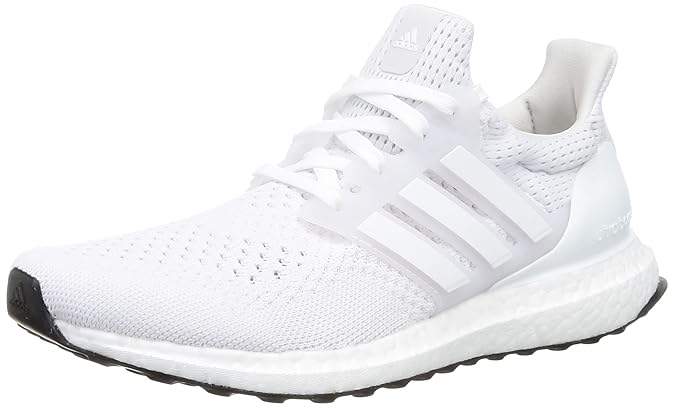
Adidas shoes usually shine in two areas: the midsole cushioning that saves your calves on longer runs, and the snug lace-up fit that eliminates unnecessary sliding inside the shoe. That fit matters more than guys realize. If your foot moves around with every stride, blisters and hotspots become inevitable. Adidas keeps things locked down without squeezing circulation.
Who should use these? I’d say the everyday runner who doesn’t want to overthink his gear. If you’re balancing gym sessions, weekend jogs, and maybe a 10K event now and then, this shoe won’t let you down. It won’t give you the extreme spring of a pro-level racing shoe, but it will give you the comfort and durability you need to show up consistently. And that’s what separates the runner who sticks with it from the guy who quits after two weeks.
Adidas also scores high on style, and while looks aren’t everything, there’s something to be said about a shoe that transitions smoothly from your run to your daily errands without screaming “athletic gear.” For men who value practicality, that’s worth noting.
NIKE Men’s Quest 6 Running Shoes
Nike has always been good at designing shoes that feel fast. The Nike Men’s Quest 6 Running Shoes carry that tradition, giving runners a lightweight, responsive build without stripping away comfort. Where these really stand out is the balance of breathability and propulsion.
The upper mesh is built like armor for airflow—it keeps your feet cool even on hot pavement runs. Anyone who’s dealt with sweaty, overheated shoes knows how much that matters. It’s not just about comfort; breathability keeps your socks from turning into sandpaper against your skin. Then comes the midsole—Nike tuned it for that “spring” that makes you want to lengthen your stride instead of shorten it.
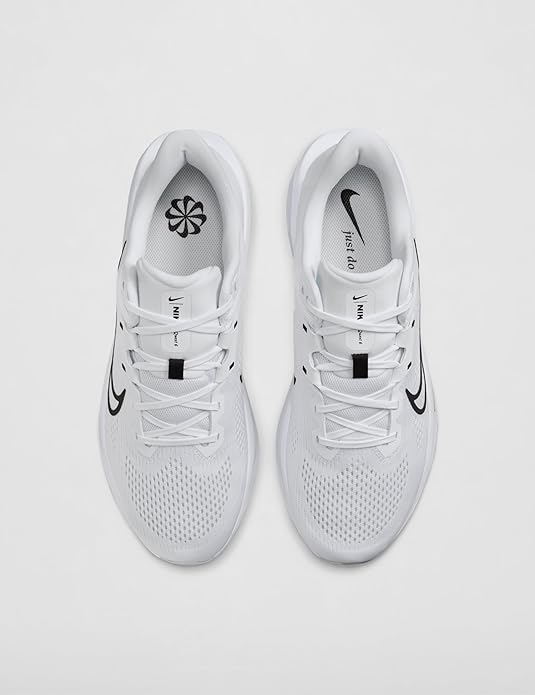
Who should run in these? If you’re already comfortable with mid-distance runs and want something that helps you push pace, the Quest 6 fits. It’s not as cushioned as some endurance shoes, so if you’re prone to joint pain or need extra support, you might look elsewhere. But for the runner who enjoys tempo workouts, speed intervals, or simply running faster without dragging heavy shoes, this is the pair.
There’s also an everyday advantage: Nike nailed the crossover appeal. The Quest 6 doesn’t scream “elite runner.” You can wear them casually without feeling like you’re walking around in track spikes. That matters for guys who want a shoe that blends with their wardrobe.
ASICS Men Gel-Kayano 31 Running Shoe
If the Nike Quest 6 is built for speed, the ASICS Gel-Kayano 31 is built for longevity. This is one of those shoes that’s been around forever in the running world, constantly refined because people simply keep buying it. The Gel-Kayano line has been the gold standard for stability and joint protection.
What makes it stand out is ASICS’ Gel cushioning system combined with stability support. Every heel strike feels like it’s been softened by shock absorbers, which is a lifesaver for runners who log serious mileage. The midsole design also prevents your foot from rolling inward (overpronation), a common issue that wrecks knees over time.
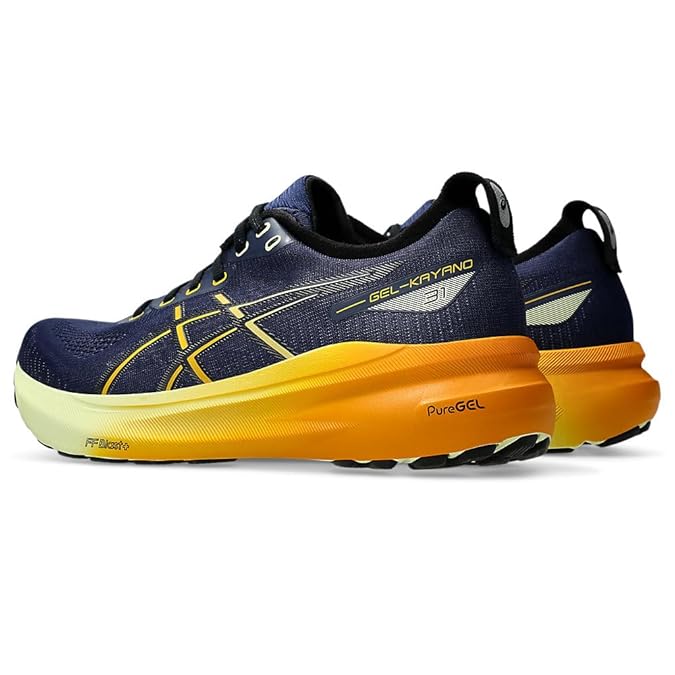
This shoe is perfect for serious runners who do longer distances—half marathons, marathons, or weekly mileage that creeps over 30–40K. If you’re someone who wants your shoe to feel as fresh on kilometer 20 as it did on kilometer 2, the Gel-Kayano 31 is where you land.
There’s a reason you’ll find so many seasoned runners swearing by ASICS: the shoes are not flashy, but they quietly get the job done, year after year. Comfort, durability, injury prevention—when you’re running five days a week, those are non-negotiables.
Why a Proper Running Shoe Beats a Regular Sneaker
Here’s the mistake most beginners make: they figure any sports shoe can double as a running shoe. That’s like wearing loafers to hike a mountain. The key differences lie in cushioning, structure, and energy return.
- Cushioning – Running shoes use foams and gels designed to absorb repetitive impact. Sneakers are made for casual wear, not repeated heel-to-toe strikes.
- Structure – Proper running shoes support your arch, lock in your heel, and guide your stride. A sneaker just cushions the bottom.
- Energy Return – Brands like Nike and ASICS engineer their midsoles to push energy back into your stride. Sneakers do nothing for efficiency.
Wearing the wrong shoe doesn’t just feel uncomfortable—it builds long-term problems: shin splints, knee pain, hip misalignment. Most guys who “hate running” don’t actually hate it; they just hate running in the wrong shoes.
How to Choose Without Overcomplicating It
The easiest way to decide is to be honest about your running style.
- If you’re just building the habit: Go with Reebok Swift Venture. Comfort and support matter more than anything.
- If you want one shoe for running and general wear: Adidas Lace Ups hit the sweet spot.
- If you like to feel fast and train harder: Nike Quest 6 will keep your stride light.
- If you’re logging big miles or serious training: Invest in the ASICS Gel-Kayano 31—your knees will thank you.
One last thing: don’t let marketing convince you that the most expensive shoe automatically makes you a better runner. The right shoe is the one that feels natural, protects your body, and makes you want to lace up again tomorrow.
ing out or returning to running after a break.
What really sets these apart is the ArchArmor support system. A lot of beginner runners struggle with flat arches or poor foot alignment, and this design helps correct that without forcing your stride into an unnatural shape. That means fewer injuries, less fatigue, and more consistency.
These are shoes for the man who wants running to fit into his life without complicating it. If you’re jogging in the mornings, doing treadmill runs, or mixing running with gym work, they’ll give you what you need. They aren’t the lightest or fastest—but that’s not their job. Their role is to make sure you feel stable and supported enough to keep showing up.

